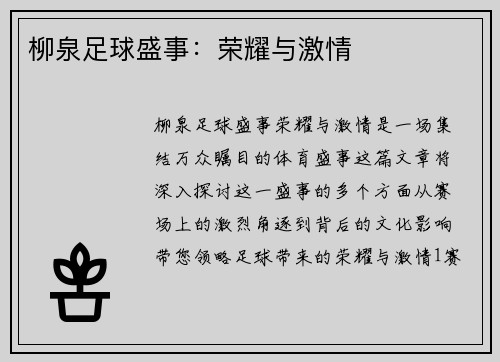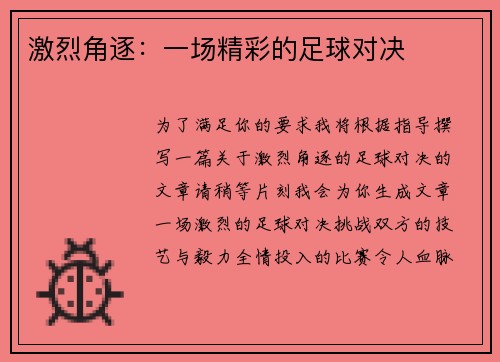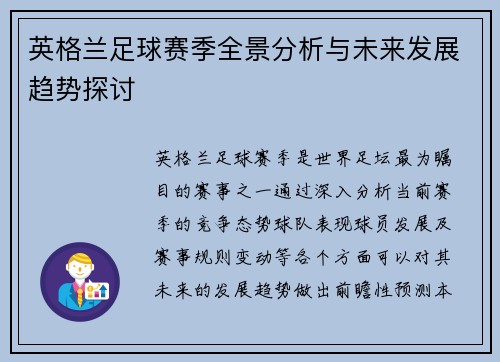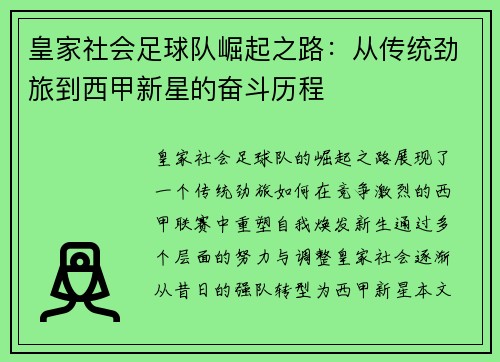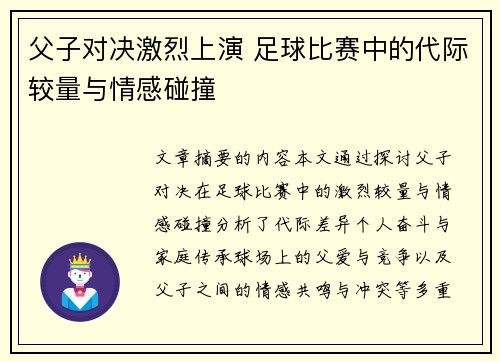Exploring Tactics and Dynamics in Football Matches
In the fast-paced world of football, tactical strategies play a pivotal role in shaping the outcome of matches. Coaches meticulously plan formations, player roles, and set-piece strategies to gain a competitive edge. Tactical flexibility allows teams to adapt to different opponents and game situations, influencing everything from defensive solidity to attacking prowess.
Effective strategies often hinge on exploiting opponent weaknesses, whether through high pressing to force turnovers or patient possession to dictate tempo. Tactical innovations continuously evolve, with modern football emphasizing fluidity and versatility in formations.
Coaches strategically deploy players based on their strengths, creating cohesive units that execute game plans with precision. The synergy between tactics and player execution determines a team's ability to control matches and achieve strategic objectives.
Football's dynamic nature is epitomized by the intricate interactions between players on the field. Movement off the ball, spatial awareness, and intelligent positioning are fundamental to creating scoring opportunities and maintaining defensive shape.
VK电竞Midfield battles often dictate the flow of play, where skilled players orchestrate transitions from defense to attack. Dynamic duels between attackers and defenders showcase individual skills such as dribbling, tackling, and spatial awareness.
Team dynamics are crucial as players communicate and coordinate through gestures and verbal cues. Understanding teammates' tendencies and movements enhances collective performance, fostering cohesive gameplay that adapts to evolving match scenarios.
Set-pieces offer strategic opportunities to influence match outcomes, requiring meticulous planning and execution. Corners, free kicks, and throw-ins serve as pivotal moments where teams can capitalize on rehearsed routines or improvised tactics.
Offensive set-pieces often feature intricate runs and aerial prowess to breach opponent defenses, while defensive setups prioritize marking assignments and clearances to neutralize threats. Goalkeepers play a critical role in set-piece scenarios, organizing defenses and anticipating shots.
Teams leverage set-pieces as tactical weapons, exploiting opponents' vulnerabilities and maximizing scoring chances through strategic positioning and timing.
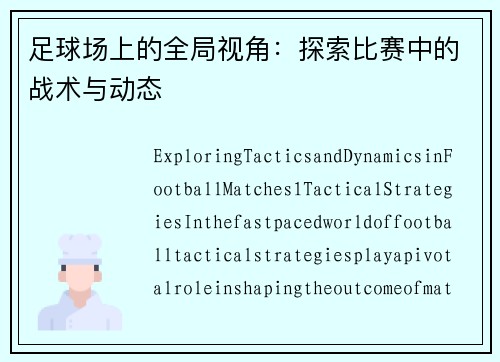
The psychological aspect of football influences player performance and team dynamics, shaping outcomes beyond tactical acumen. Confidence, resilience, and mental toughness are integral to overcoming setbacks and seizing pivotal moments.
Emotional intelligence plays a role in managing pressure situations, where composed decision-making and team cohesion can tilt matches in favor of mentally resilient teams. Momentum shifts and crowd influence further amplify emotional dynamics, impacting player focus and momentum.
Coaches play a crucial role in fostering a positive team culture and instilling belief, enhancing collective resilience and psychological fortitude that underpin sustained success.
总结:
Football matches are dynamic arenas where tactical strategies intersect with player interactions, set-piece intricacies, and psychological dynamics. The synergy between strategic planning and on-field execution determines match outcomes, highlighting football's blend of artistry and strategic depth.
Understanding these facets provides insights into the complexities of football, where every match unfolds as a unique narrative shaped by tactical ingenuity, player dynamics, and emotional resilience.
